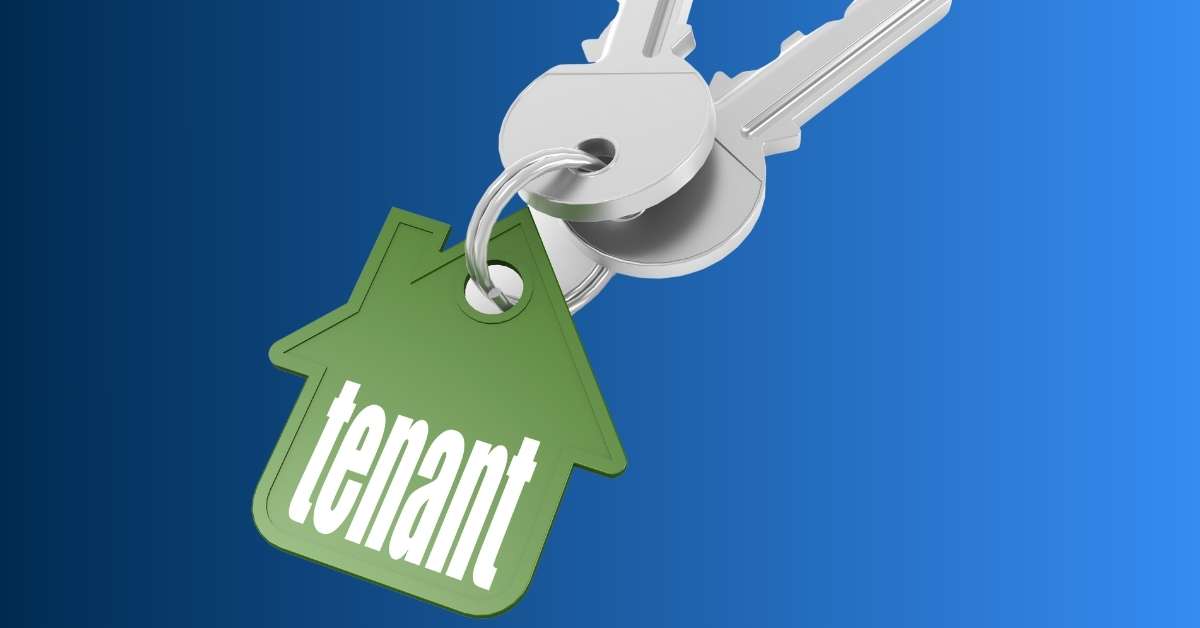With more than 1,000 acres of park land meandering throughout and around its neighborhoods, there’s no shortage of hiking near Rockville, MD. There’s a well-kept trail for every age, fitness, and experience level, too, whether you prefer asphalt walking trails or strenuous treks across steep terrain.
This guide will help you decide how to get started, what you need to know about the area, and which gear you should bring for a safe foray into Rockville’s rich history of hiking.
What to Know About Local Hiking
Hiking isn’t like walking on a treadmill or a paved, level surface. It’s important to choose a trail that is appropriate for your ability level, then look at it on a map so you can get familiar with the area. Consider reading other hikers’ experiences, reviewing reports about the trail, and checking the weather before heading out so you can dress appropriately.
Here are some additional tips:
- You should expect to hike around 2 miles per hour.
- If you are hiking through changing elevations, the rule of thumb is to add one hour per every 1,000 feet of elevation.
- Note whether your selected trail is a loop or if you will have to backtrack to get off the trail or if there are intersecting trails.
Generally trails are classified as easy, moderate or strenuous.
- Easy trails are usually level with little or no incline, and typically less than 3 miles.
- Moderate trails are for novice hikers who want a little more challenge in their hike. Expect some inclines and steeper terrains with a distance ranging from 3 to 5 miles.
- Moderately strenuous trails will be difficult for unconditioned hikers due to steady, steeper inclines, and range from 5 to 8 miles.
- Strenuous trails will challenge most hikers. The inclines are steeper with uneven terrain. Trails range from 7 to 10 miles as a rule.
- Very strenuous trails should be only for very conditioned, well-prepared, experienced hikers. These trails may include crossing streams and traversing difficult inclines and rocky terrain, and are long and steep. Expect trail lengths over 8 miles.
Depending on how much you stop along the trail, take pictures, or explore, expect your pace for the easy trails to be around 1.5 to 2 miles per hour.
Gear to Bring for Safety

Certain hiking sites suggest you bring several systems with you for your hiking safety. You can tailor this list to fit your needs depending on your hike.
- Navigation
At minimum, take your map and compass. A handheld, battery-operated GPS is a good idea for remote areas. - Sun protection
Protect your eyes with sunglasses and your skin with SPF 15 sunscreen. Sweat washes off sunscreen so you will need to reapply it at least every two hours. - Insulation
Pack extra clothing, including warmer and weather-proof items, to keep you safe against the elements. - Illumination
This includes headlamps and flashlights in case it gets dark while you’re on the trail. - First aid supplies
The American Hiking Society recommends these supplies for your kit. Always bring a couple epipens if you need them for allergies, plus personal medications and inhalers. - Nutrition
Bring extra food like nut-based energy bars or dried fruits and vegetables. - Hydration
Bring extra water with you and, if you are going on a longer hike, water purification drops or tablets. - Emergency shelter
Those going on longer hikes or overnight may want to bring a tent, compact emergency blanket, plastic tube tent, or garbage bags.
You never know when a day hike will turn into an overnighter, so it’s important to carry your survival basics. A pair of trekking poles can help if you need a little extra mojo to finish.
Where to Hike in Rockville
Whether you’re a new resident, someone renting short-term for a job in nearby D.C. or have been in Rockville for years, there’s a neighborhood trail or park system near you. Here’s a look at five that you might want to check out.
1. The Chesapeake & Ohio Canal Billy Goat Trail
The Billy Goat Trail has three sections totalling 8 miles. It is known as one of the busiest trails in the metro D. C. area. A few notes on the sections:
- Section A is 1.75 miles. This trail is a technical and strenuous hike. No dogs are allowed on the trail.
- Section B is a challenging 1.4 miles. Dogs are allowed, but section B is closed due to trail damage and erosion.
- Section C is a much easier trail. The 1.6 mile trail allows both dogs and younger children to enjoy it.
It has been highly recommended that hikers hiking segment A travel one-way downstream during COVID-19. Start upstream near Great Falls and end downstream near Anglers. This recommendation began July 3, 2020.
2. The Cabin John Trail
The 3-mile loop of the moderately-trafficked Cabin John Trail is rated easy. The terrain is level with a slight gain in incline, and is both kid- and pet-friendly. Reviewers note that the trail does cross a couple of streams and that the noise level gets higher when it gets close to I-270. Expect a few bicyclists, lots of birds, and pretty scenery.
3. Rock Creek Trail Southern Route
The easy 3.7 mile, well-marked, lightly trafficked southern route of the Rock Creek Trail is an “out-and-back” trail used for walking, running, biking, and nature trips — including many chances to view wildlife. It begins and ends around 586, and you will be crossing Rock Creek twice along the way. The trail is more moderately trafficked in the evening and there are a few street crossings, plus elevation gains about one mile in and again at around 2.5 miles.
4. Woottons Mill Park Loop
Another easy loop trail that features a forest setting is the Woottons Mill Park Loop. One pro hiker noted that although the loop was short, it was packed with areas for tennis, basketball, and has three playgrounds. Hikers of all fitness and skill levels enjoy this lightly-trafficked, 1.3-mile loop with the slightest of elevation gain. The path is paved for the most part, too, so you will be walking on blacktop, concrete, and grass close to the neighborhoods of Rockville.
5. Civic Center Croyden Creek Loop
This moderately-trafficked 2.3-mile loop is rated moderate due to its 255-ft. elevation gain. The Civic Center Croyden Creek Loop is both kid- and dog-friendly, and starts with an overlook. There are a few places to relax throughout the mostly well-marked trail, but hikers should watch out for varying terrain and some parts of the trail being a bit overgrown. There is some noise when the trail gets closer to the highway, and the Nature Center has been closed since August 21 due to COVID-19.
Remember to do your due diligence before starting out on any trail. Portions may be closed for maintenance or may not allow pets or young children. Additionally, many visitor centers and rest areas with restrooms may be closed due to COVID-19
A Few Final Thoughts on Hiking Near Rockville, Md
No matter which trail you choose, always tell someone about your itinerary. Here are some things to keep in mind:
- Make sure you buy top quality hiking shoes and break them in before your hike.
- Wear wool or synthetic socks since wet or sweaty cotton can leave your feet feeling chafed and clammy, and you don’t want blisters.
- As for your hiking clothes, go for only synthetic material.
- Dress in layers to peel off if you get too hot and put back on if you get cold.
- Pack as light as possible.
- Pace yourself along your chosen trail–and take good care of these beautiful natural spaces by leaving no trace that you’ve been there.
After you’re finished with your hike, you’re bound to be famished. There’s a multitude of places to eat in Rockville, including sports bars with plenty of outdoor seating.
Are you moving to the area, or looking to rent or buy a new home? Contact Nomadic Real Estate today to speak with an expert about any questions you might have about moving to or living in greater Rockville, MD or any DC area property management needs.



































